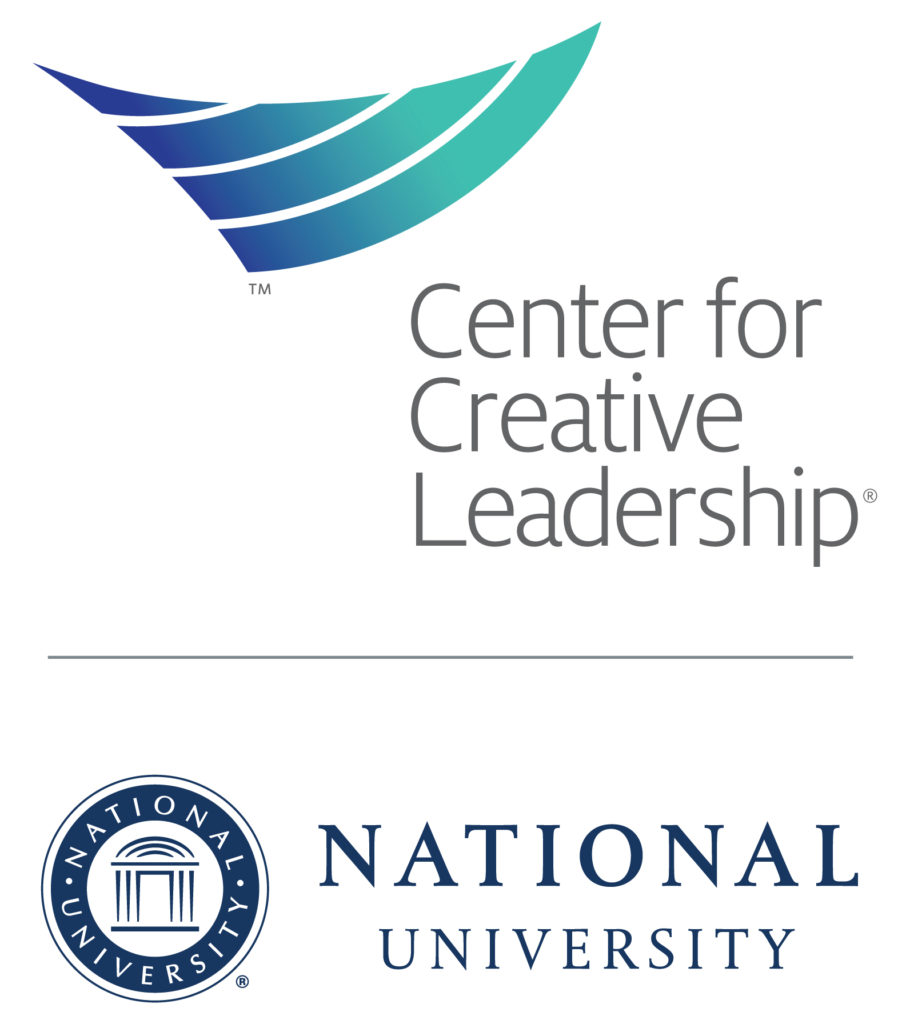Sponsored content
Introduction to leadership
For eons, people have studied the concept of leadership, striving to unlock the key ingredient — that unique skill that positions individuals to advance their teams.
But here’s the secret: leadership is not a solo endeavor. It’s give and take, an exchange between individuals. The Center for Creative Leadership defines leadership as “a social process that enables individuals to work together as a cohesive group to produce collective results.” We see leadership happening in the interactions and exchanges among people with shared work.
Social, cohesive, collective, shared — why should leadership emphasize the group over the individual?
Because in a group, a multitude of skills, perspectives, and expertise work together, making the whole greater than the sum of its parts. Any individual weakness is easily overcome by the strengths of others, and the team thrives. The best leaders share the power and authority of their position without fear that others will take over or bump them out of their position.
Use DAC to diagnose leadership challenges
Throughout classical and modern leadership theory, students have tried to understand leadership through the lens of leader characteristics, follower characteristics, and how the two interact to produce shared goals. Some have advocated for servant leadership, others for situational leadership, and still others for transformational leadership — all of which describe how leaders impact followers (and vice versa).
The Direction, Alignment, and Commitment (DAC) model moves beyond leaders, followers, and shared goals with the revolutionary idea that leadership happens when a group of people are producing direction, alignment, and commitment. Here’s what that means:
- Direction — The group agrees on overall goals.
- Alignment — There is coordinated work within the group.
- Commitment — Individuals feel a mutual responsibility for the group.
If these three outcomes are strong, then we know leadership is present, whether it’s within a task force, department, entire organization, or even a community.
But how do you know if leadership is strong in these three areas?
In groups with strong direction, each member understands what group success looks like, and each agrees on what they’re working on together to accomplish. When direction is weak, members feel pulled in different directions by competing goals. There’s a lack of agreement on priorities, and people seem to be running in circles.
Alignment is strong when team members coordinate their work. Even though each individual has a different task, role, or expertise, they all understand their role and how it fits with the work of their colleagues. Overall, there’s a sense of coordination and synchronization. When alignment is weak, on the other hand, members work in silos and feel unsure of how their job fits into the group’s mission. Sometimes efforts are duplicated and important work falls through the cracks.
When commitment is strong, individuals feel motivated and passionate about their work; they make it a personal priority for their group to succeed. They trust their group members and work toward the well-being of the team — even through difficult times. If commitment is weak, members only contribute when it’s easy or if they have something to gain.
As a model used to understand leadership, DAC transcends leaders, followers, and shared goals to empower us with a new way of understanding the phenomenon of leadership, to recognize when it is happening, and to be able to diagnose and address issues should they arise.
So as a leader, how can you increase direction, alignment, and commitment on your team?
First, don’t just rely on your own perspective — it can be helpful to talk to people about where DAC is happening and where it isn’t. Ask your team if they agree on what you’re all trying to accomplish. Is everybody clear about how their task fits into the work of the group?
Sometimes to create more direction, you need to involve a more diverse group of people and communicate more broadly. To create more alignment, you may need to meet more regularly with your team to prioritize work or enact clearer accountability structures. To create more commitment, consider holding honest conversations about changes that are needed — per- haps to cement an individual’s sense of belonging or the group’s prioritizations.
Leadership at all levels
Viewing leadership as a team endeavor means rethinking your vision of a leader. A leader is not always one person leading the charge; instead, it’s often multiple people in the trenches. Some of the greatest innovations in business arise because the front-line employees who interact with customers every day understand their customers’ needs better than anyone.
When everybody in the organization understands their responsibility to perform as a leader, the result is real, measurable leadership. You see agreement on organizational and group priorities. People are clear on how their tasks fit into the work of the group. And individuals strive to make the success of the group a priority through self-awareness and developing their own leadership skills. Together, leadership happens.
National University has partnered with the Center for Creative Leadership to create a Master of Business Administration that focuses on leadership. This partnership is driven by the 50-year history each institution holds, in both online adult education and leadership upskilling.
This article showcases content from the Introduction to Leadership course that is part of the CCL MBA program. To learn more about the CCL MBA, visit: https://bit.ly/39cJ8jM or email advisor@nu.edu.






